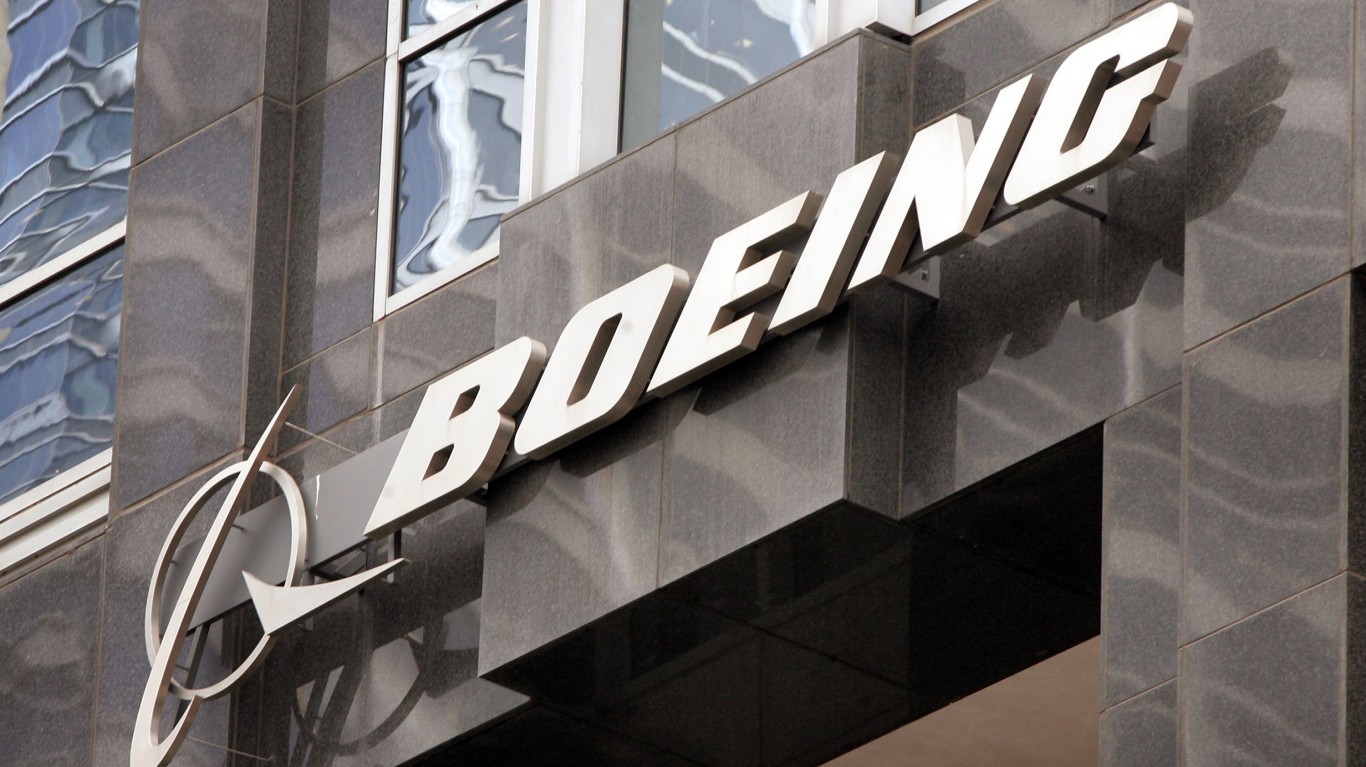
While Boeing Co. (NYSE: BA) expects demand for new commercial jets to decline by about 2% over the next 20 years, most of the pain is going to come in the next decade. The aircraft maker said Tuesday that it expects demand to fall by 11% in the next 10 years.
In its 2020 Boeing Market Outlook (BMO), it forecasts a total market value for new commercial planes and services over the next decade at $8.5 trillion, somewhat lower than the $8.7 trillion the company forecast in its 2019 BMO. The COVID-19 pandemic gets the blame.
The coronavirus outbreak cut air travel by around 90% earlier this year, and the recovery, so far, has reduced that cut to a decline of between 60% and 70%. Even though the recovery has begun, a full recovery to pre-pandemic levels will take years.
Between 2020 and 2029, Boeing is forecasting global demand for 18,350 new commercial aircraft, well below half the 20-year forecast for 43,110 new planes. The outlook for the commercial market “reflects a combination of the unprecedented near-term industry disruption and the long-term resilience” the industry has seen for decades.
In a typical year, carriers retire 2% to 3% of their airplanes. Following the Great Recession, the retirement rate rose to around 4%, and following the 9/11 attacks, the replacement rate rose to nearly 5%. Boeing expects to see replacements running at the higher rate over the first 10 years following the pandemic.
The demand for commercial services is expected to reach about $3 trillion by 2029 before tripling to $9 trillion in 2039. Boeing noted that digital solutions will become more critical to its customers as they focus on reducing costs to adjust to “future market demand.”
Over the next 20 years, passenger growth is expected to rise by an average of 4% a year. Last year, Boeing projected passenger growth of 4.6% annually for the 20-year period to 2038.
The 2019 BMO also expected about 44% of all new planes over the 20-year period to replace older aircraft. This year’s outlook expects replacements to account for 56% of all new planes. That does not augur well for higher passenger counts.
It’s no surprise that Boeing forecasts that single-aisle planes like its 737 Max will comprise the lion’s share of new airplanes over the next 20 years. The BMO projects that 32,270 new planes over the period will be single-aisle models. That’s 75% of total demand through 2039.
In another telling sign of how hard the airline industry has been hit by the pandemic, the 2020 BMO forecasts demand for new pilots and other aviation personnel at 2.4 million. Last year’s BMO forecast demand for 2.5 million new people.
Boeing’s share price has dropped by about 3% in the noon hour Tuesday to $166.12, in a 52-week range of $89.00 to $378.70. The consensus price target on the stock is $175.77.
It’s Your Money, Your Future—Own It (sponsor)
Retirement can be daunting, but it doesn’t need to be.
Imagine having an expert in your corner to help you with your financial goals. Someone to help you determine if you’re ahead, behind, or right on track. With SmartAsset, that’s not just a dream—it’s reality. This free tool connects you with pre-screened financial advisors who work in your best interests. It’s quick, it’s easy, so take the leap today and start planning smarter!
Don’t waste another minute; get started right here and help your retirement dreams become a retirement reality.
Thank you for reading! Have some feedback for us?
Contact the 24/7 Wall St. editorial team.
 24/7 Wall St.
24/7 Wall St.